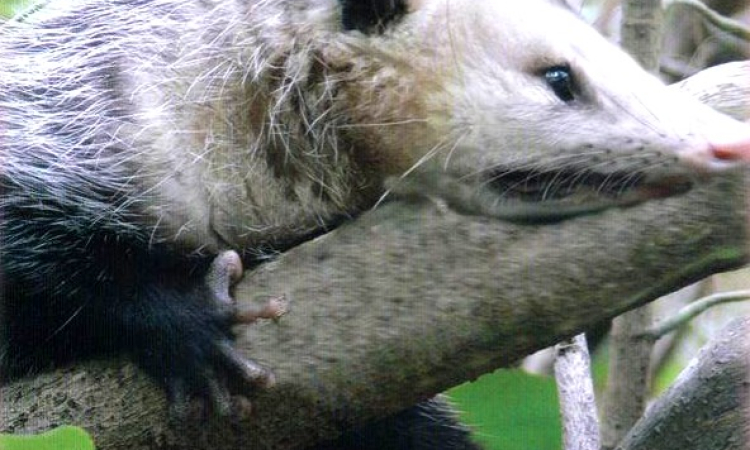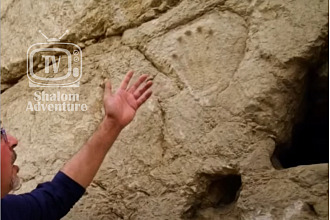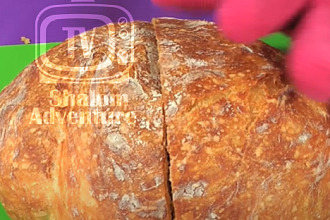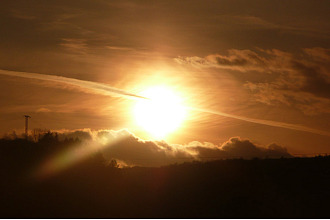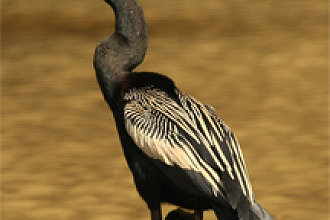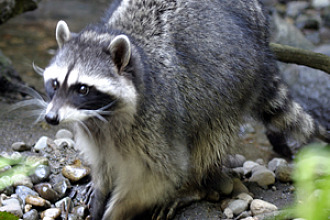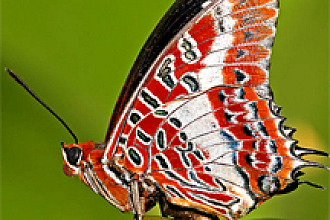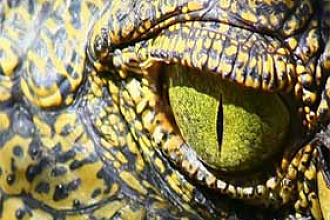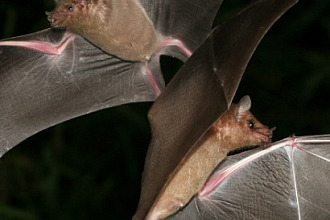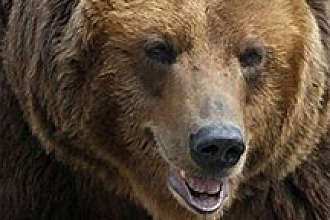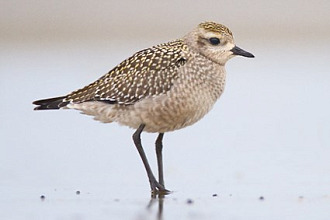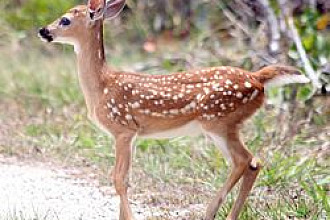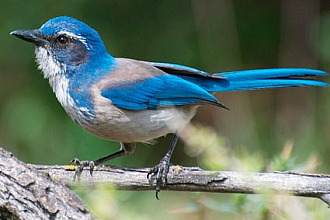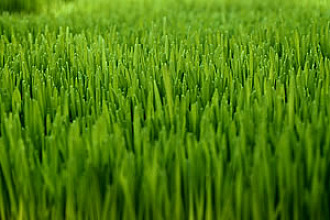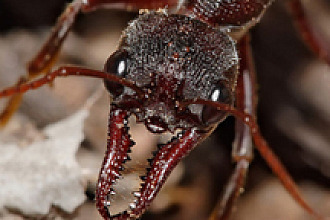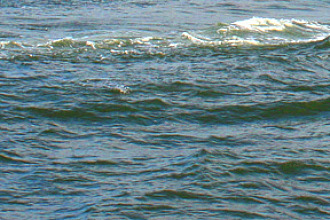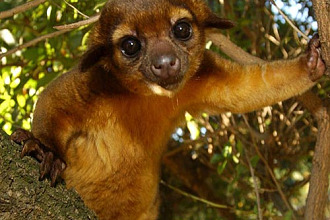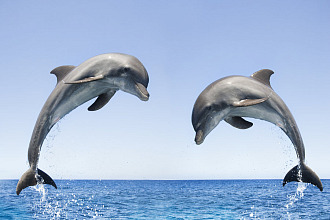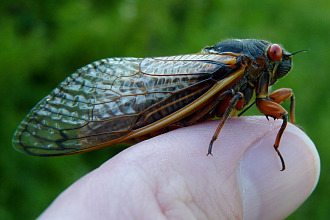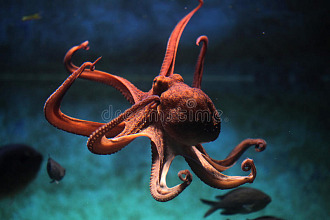At home one morning the barking would not stop.
When we went out to see what Jasper and Pirtuk were troubled about, they were delighted we'd come to observe their terrified "find" — treed on a branch just higher than their noses could reach. The opossum wouldn't leave his spot; nor would the dogs beneath him. Soon the dogs were enticed away with a treat, and Mr. Opossum escaped! (His involuntary not-by-accident defense mechanism wasn't needed!)
In North America, the Virginia opossums are our only opossum species, while in Australia and New Zealand there are brushtails, ringtails, and other possums. Each of these precious creatures has a unique last-line-of-defense that we humans refer to jokingly when we see someone pretending to be asleep when they are not: We say people are "playing possum." But this little animal is NOT playing!
The opossum uses other tools first—to avoid confrontations. In terror, if it sees it can't run away (they're not fast runners) it will hiss and growl and bare its teeth. (It has a mouthful of 50 teeth! Can you imagine that many teeth in the mouth of your pet cat? And an adult opossum is the size of a house cat!) If looking fierce doesn't resolve the problem, the opossum drops into what can be described as a coma that can last from 40 minutes to four hours! In that condition, the opossum falls over, lips drawn back, teeth bared, saliva drooling as his body curls, stiffens, and his breathing becomes slow and shallow. Predators examining the opossum in that state usually depart—as a putrid-smelling fluid is also emitted that indicates decay and death! BUT the opossum is not dead. He's simply scared to death! God gave this gentle creature this amazing, involuntary, not-by-accident escape-from-danger mechanism to save its life.
The opossum is North America's only marsupial. (It raises its babies in a pouch.) Usually six to twenty+ babies are born 13 days after the mother becomes preg¬nant. As tiny as a navy bean at birth, their Creator has instilled within these new-borns the not-by-accident instinct to crawl up the mom's fur and into her pouch, then latch onto one of her 13 teats. (Therefore not more than 13 will survive.) They must hang on to that teat about three months. Afterwards they climb out and ride around on their mother's back another couple weeks until, one by one, they fall off—strong enough to face life on their own.
other fascinating aspect of their design is an opposable hallux—like a thumb—on each hind foot. That gives them the ability, with their prehensile tail (furless, perfect for balance, like a fifth limb,) to climb almost anywhere. It's God's not-by-accident gift to a gentle, nocturnal, often maligned animal who wants nothing more than a dark den, water and absolutely anything to eat—but who does not want to fight! The Creator understands all of us, His creatures, and gives each of us what is needed to get through life.
"NOT BY ACCIDENT 2" (c) Juanita Kretschmar is used by permission and was first published in the book "Not By Accident 2" pages 32-33

